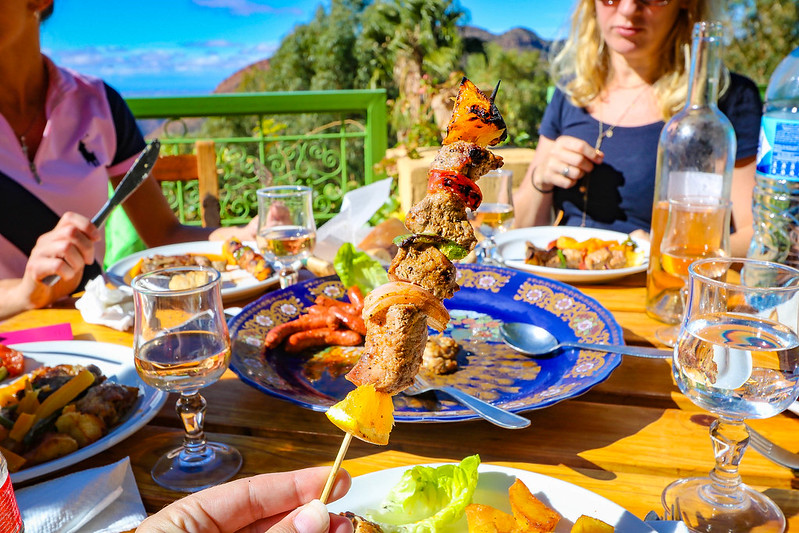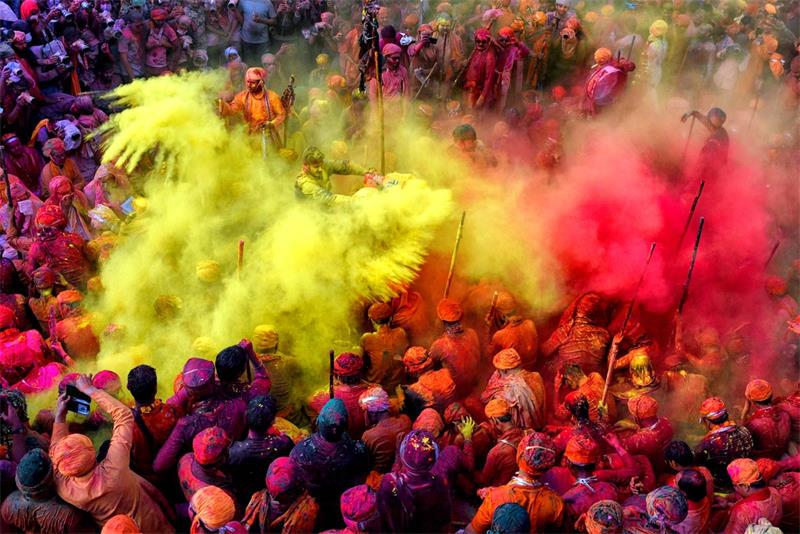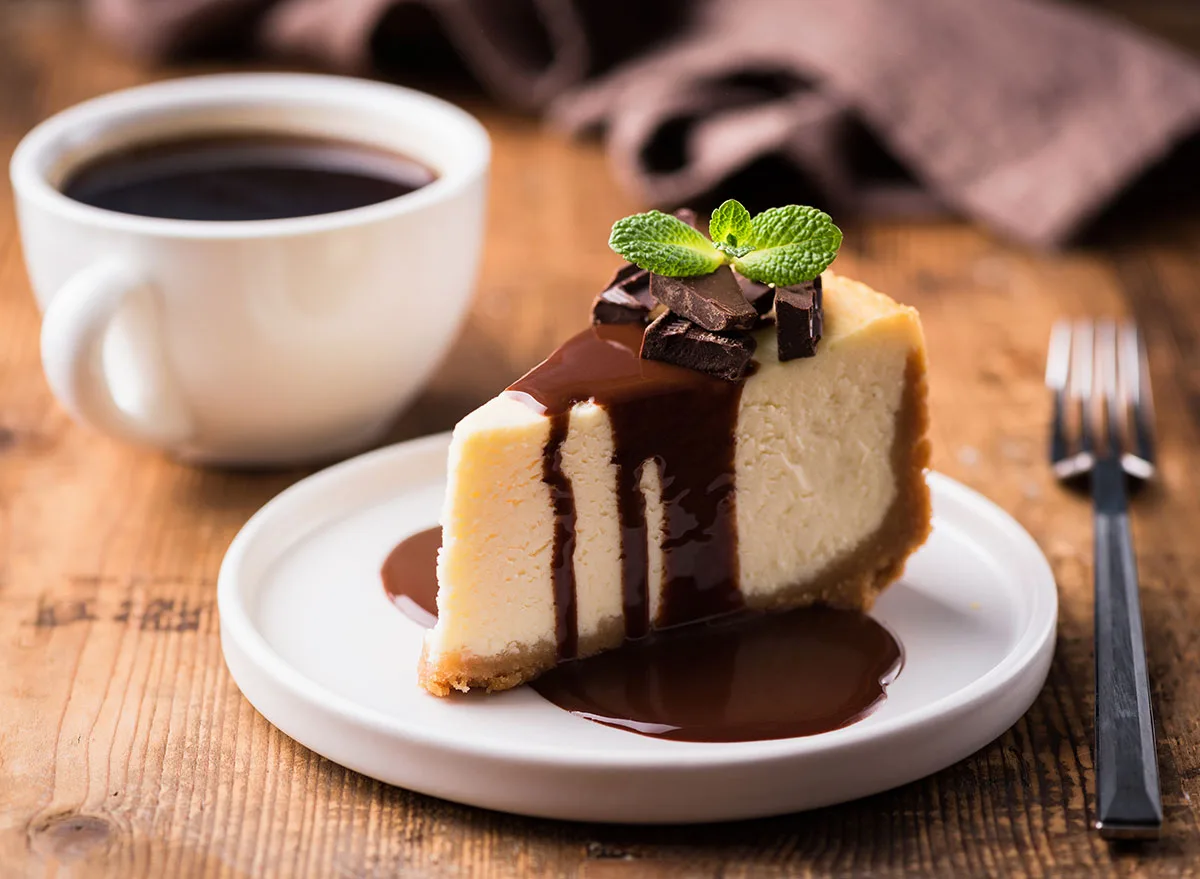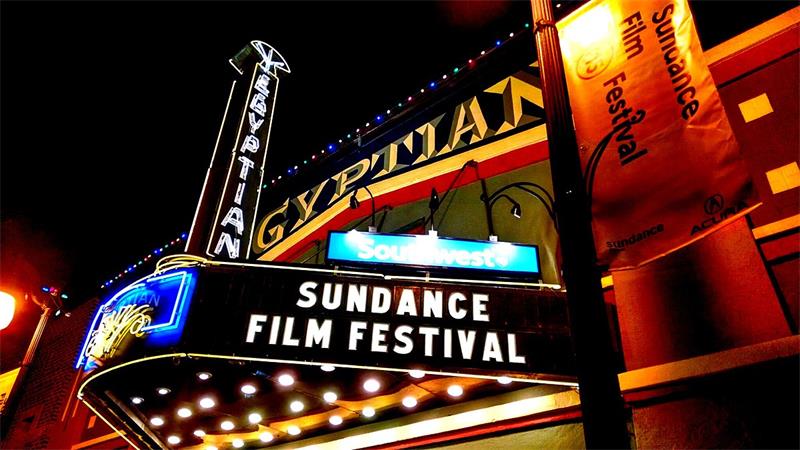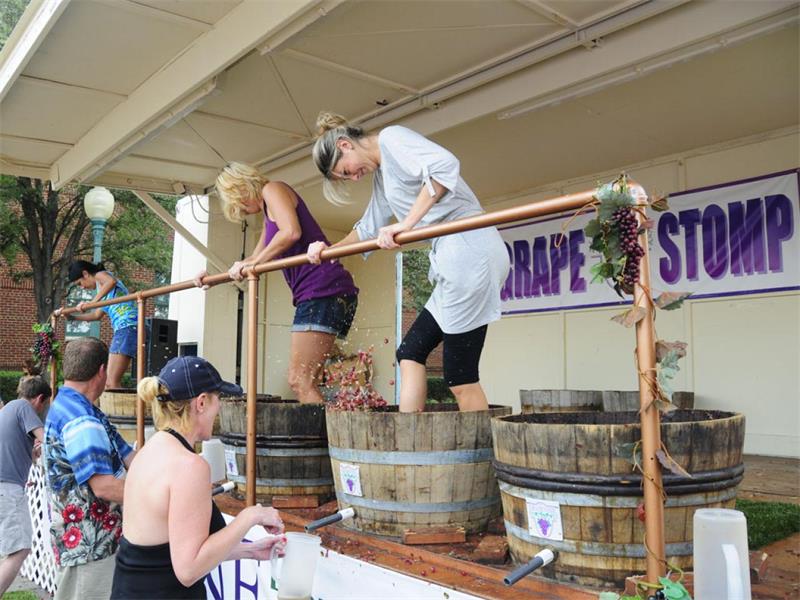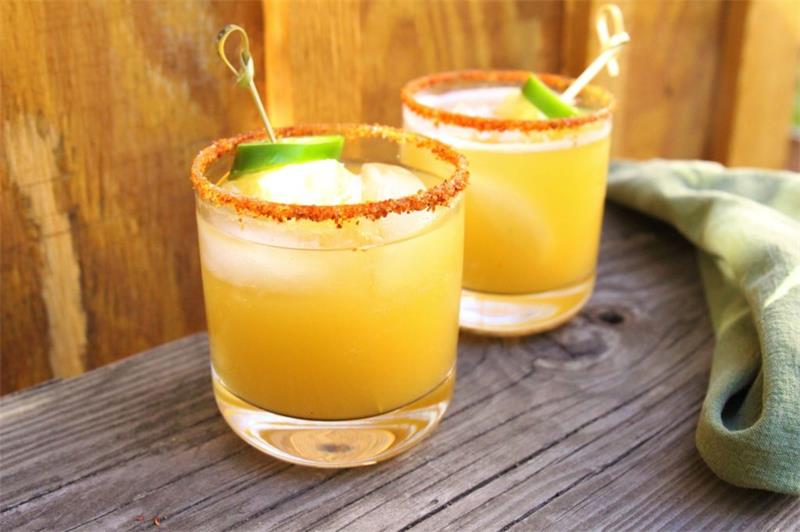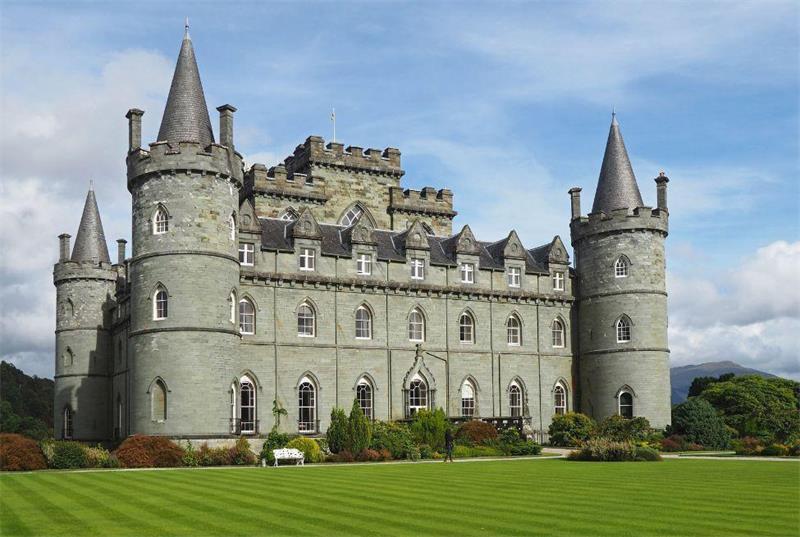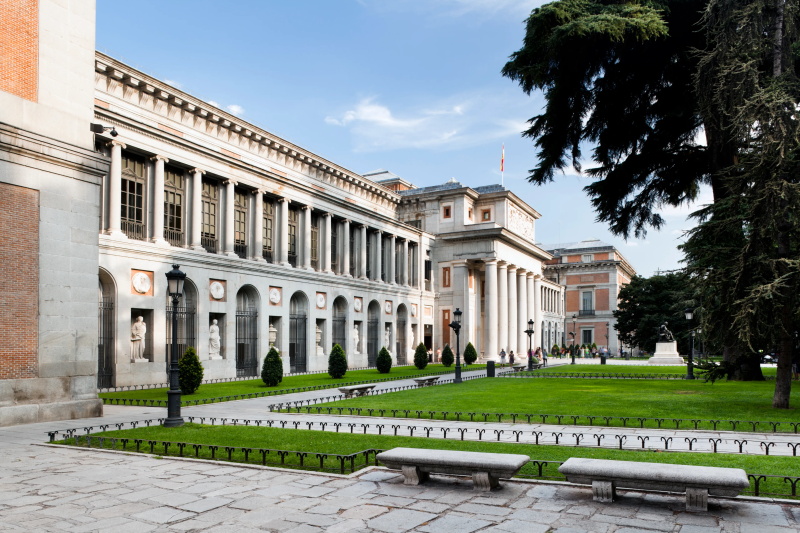Contents
- 1 Discover the Magic of European Christmas Markets
- 2 The Top 5 Most Beautiful Christmas Markets in Europe
- 2.1 Strasbourg, France: A Magical Blend of History and Holiday Cheer
- 2.2 Dresden, Germany: Home of Traditional Christmas Markets
- 2.3 Vienna, Austria: A Fairytale Setting for Holiday Magic
- 2.4 Copenhagen, Denmark: A Cozy Hygge Christmas Experience at Tivoli Gardens
- 2.5 Tallinn, Estonia: A Medieval-Style Market With Local Handicrafts
- 2.6 Other Notable European Christmas Markets
- 3 Tips for Visiting European Christmas Markets
- 4 Conclusion
Discover the Magic of European Christmas Markets
If you’re looking for a festive and enchanting holiday experience, look no further than Europe’s world-renowned Christmas markets. Each winter, historic town squares and narrow cobblestone streets are transformed into magical winter wonderlands where visitors can indulge in delicious food, drink hot mulled wine, buy unique handcrafted gifts and enjoy various entertainment options.
These markets have been a long-standing tradition in Europe for centuries. The first recorded market was in Vienna in 1298, and since then the tradition has spread throughout the continent but particularly flourished in Germany.
Today, there are thousands of Christmas markets all over Europe that attract millions of visitors each year. So why should you consider visiting European Christmas markets?
For starters, they offer an opportunity to soak up the festive atmosphere while admiring stunning holiday decorations. The aroma of roasting chestnuts and gingerbread fills the air while seasonal music echoes through the streets.
In addition to being a sensory delight, these markets also offer a chance to purchase unique gifts that can’t be found anywhere else – from handmade crafts to local delicacies. Moreover, visiting Christmas markets is also an excellent way to immerse yourself in local cultures and traditions.
Each market has its own distinct character shaped by local customs and influences. Whether you’re wandering through medieval German towns or exploring cities lined with Baroque-style buildings or discovering picturesque villages overlooking snowcapped mountains – each market offers something different that will leave lasting memories.
The Top 5 Most Beautiful Christmas Markets in Europe
Strasbourg, France: A Magical Blend of History and Holiday Cheer
Strasbourg is often considered the capital of Christmas, with its market dating back to 1570. The town’s history and culture are evident everywhere, from the stunning Gothic cathedral to the charming timber-framed houses along winding streets.
During the holiday season, Strasbourg transforms into a winter wonderland with over 300 chalets selling traditional crafts and delectable treats like gingerbread and mulled wine. One unique feature of Strasbourg’s market is its Great Christmas Tree, which stands tall in Place Kléber and is adorned with thousands of sparkling lights.
The tree is an emblem of the city and a symbol of hope for all who gather around it during Christmastime. Other attractions include the ice skating rink at Place du Château and concerts held in venues throughout the city.
Dresden, Germany: Home of Traditional Christmas Markets
For over six centuries, Dresden has been known for its diverse Christmas markets that offer everything from handcrafted wooden toys to steaming cups of Glühwein (mulled wine). One highlight is Dresden’s famous Stollen cake – a sweet bread filled with raisins, almonds, candied fruits, spices and marzipan – which has become synonymous with German Christmas tradition.
Visitors flock to Dresden each year for its spectacular Striezelmarkt – one of Germany’s oldest markets – which dates back to 1434. With over 250 stalls nestled between historic buildings on Altmarkt Square, visitors can take part in candle-making workshops or browse unique gifts for loved ones back home.
Vienna, Austria: A Fairytale Setting for Holiday Magic
Vienna at Christmastime is pure magic. The city’s stunning architecture and decorations set the stage for a fairytale Christmas experience.
Vienna has a total of 20 markets to explore, ranging from traditional to modern. The most famous of which is the Christkindlmarkt, located in front of City Hall and featuring over 150 stalls.
In addition to shopping for handmade crafts and ornaments, visitors can indulge in Viennese culinary delights such as roasted chestnuts, Kaiserschmarrn (fluffy shredded pancakes), and hot punch. The market also offers entertainment including choirs singing carols and brass bands playing festive tunes.
Copenhagen, Denmark: A Cozy Hygge Christmas Experience at Tivoli Gardens
Copenhagen is home to one of Europe’s most unique Christmas markets – Tivoli Gardens. This amusement park transforms into a winter wonderland during the holiday season complete with thousands of twinkling lights and sparkling decorations. Visitors can indulge in Danish hygge culture by snuggling up with warm blankets while sipping on hot chocolate or traditional gløgg (mulled wine).
Kids will love visiting Santa’s Workshop or taking a ride on the vintage roller coaster that dates back to 1914. There are over 60 stalls selling handmade crafts, jewelry, and gourmet food items.
Tallinn, Estonia: A Medieval-Style Market With Local Handicrafts
Tallinn is becoming known for its charming medieval-style Christmas market held in Town Hall Square. Visitors can browse through more than 60 wooden huts selling local handicrafts like woolen mittens or hand-painted ceramics while listening to live music performances from local choirs.
The highlight of the market is the large Nativity scene set up inside Town Hall itself – an impressive display that adds to the overall charm and authenticity of Tallinn’s holiday atmosphere. Visitors should be sure not to miss out on trying traditional Estonian Christmas foods such as black pudding or gingerbread.
Other Notable European Christmas Markets
Brussels, Belgium: Christmas in the Heart of Europe
The Brussels Christmas market is a true winter wonderland. The city’s famous Grand Place is transformed into a magical scene with lights, music, and festive decorations. Visitors can admire the stunning Market Square or take an enchanting ride on the illuminated Ferris wheel.
The market has over 200 wooden chalets selling handmade crafts and delicious Belgian treats like waffles and chocolate. Be sure to try the traditional mulled wine – vin chaud – to warm up on chilly winter evenings.
In addition to the main market at Grand-Place, there are several smaller markets scattered throughout Brussels, including a children’s market with a giant ice rink and fun fair rides. Another highlight is the Sound and Light show at St. Catherine’s Church – an unforgettable experience that combines music with stunning light projections.
Krakow, Poland: A Medieval Christmas Experience
Krakow’s main Christmas market takes place in Rynek Glowny (Main Market Square) – one of Europe’s largest medieval squares – surrounded by beautiful Gothic buildings decorated with fairy lights. This picturesque setting creates a unique atmosphere that transports visitors back in time.
The market offers handcrafted nativity scenes, ceramics, jewelry, wood carvings and other local handicrafts as well as traditional Polish food such as pierogi dumplings or grilled kielbasa sausage. One of Krakow’s unique highlights is the Szopka Festival where local artists create elaborate miniature Bethlehem-style cribs (szopki) out of wood and cardboard.
These works of art are then judged in competition for prizes. Additionally, visitors can stroll around the Galeria Krakowska shopping center to find some last-minute gifts or try some traditional Polish sweets like pierniki gingerbread cookies or kremówka cream cakes.
Budapest, Hungary: Christmas Markets with Panoramic Views
Budapest boasts several Christmas markets across the city. The largest and most popular is Vorosmarty Square, which features over 100 stalls selling handmade crafts and traditional Hungarian food such as chimney cake (kürtőskalács) or mulled wine (format bor).
The market also hosts a series of concerts and cultural events to entertain visitors. The market at St. Stephen’s Basilica offers a special experience with its 3D light show projected onto the basilica’s facade which creates a truly magical effect.
Another must-visit market is located in front of Budapest’s iconic Parliament building where visitors can take in the panoramic views of the Danube river while enjoying festive food and drinks. If you’re looking for a unique souvenir to bring back home, head to Szimpla Design Shop for some one-of-a-kind gifts created by local artists or visit Zsófia’s Treasure Chest for some traditional Hungarian embroidery.
Tips for Visiting European Christmas Markets
When is the Best Time to Visit?
The best time to visit European Christmas markets is typically in late November through December. Many markets start opening in the last week of November and run through the end of December or early January.
However, keep in mind that some markets may have shorter operating hours or close earlier on certain days, such as Christmas Eve. Be sure to check the market’s website for specific dates and hours.
How to Get There
Getting to European Christmas markets can vary depending on your location and which market you want to visit. If you’re already in Europe, taking a train or bus can be an affordable option.
Some cities also have airports that offer direct flights from other European destinations, making it easier to travel long distances. For those coming from outside of Europe, flying into a major airport and taking public transportation or renting a car may be necessary.
What to Pack
One important item to pack when visiting European Christmas markets is warm clothing! Many markets take place outdoors so you’ll want to dress appropriately for cold temperatures.
Layers are key so you can easily adjust your clothing as needed throughout the day. Additionally, comfortable walking shoes are a must since many markets require a lot of walking over uneven surfaces.
It’s also a great idea to bring an empty tote bag with you for carrying any souvenirs or gifts you purchase at the market. This will make it easier to transport everything back home without having to worry about multiple bags.
Budgeting Considerations
European Christmas markets can range from free admission events with affordable food and drink options, while others may charge an entrance fee or have higher-priced items for sale. It’s important to research each market ahead of time so you know what type of budget will be required.
Be sure to also factor in transportation costs, accommodations, and any additional activities you may want to do while in the city. One way to save money is to visit smaller markets or markets outside of major city centers, as these tend to be less crowded and often have more affordable prices.
Overall, visiting European Christmas markets can be a magical experience that is well worth the time and investment. By following these tips, you’ll be able to fully enjoy all that these festive events have to offer without breaking the bank.
Conclusion
Experiencing the Christmas markets in Europe is truly a magical and unforgettable experience. From the stunning decorations to the delicious holiday treats, there is something for everyone to enjoy. Each market has its unique charm and traditions, making it worth visiting more than once.
Europe offers a wide range of Christmas markets that cater to all budgets and preferences. Whether you are a fan of traditional festivities or modern attractions, there is always something new to discover.
From Strasbourg’s oldest and largest market to Tallinn’s hidden gems, Europe’s Christmas markets have something for every type of traveler. So why not plan your next holiday around visiting some of Europe’s most beautiful Christmas markets?
With a bit of budgeting and planning ahead, you can experience the magic of the holiday season in some of Europe’s most charming cities. Whether it’s sipping on hot mulled wine or admiring the handmade crafts, these markets will leave you with memories that will last a lifetime.


